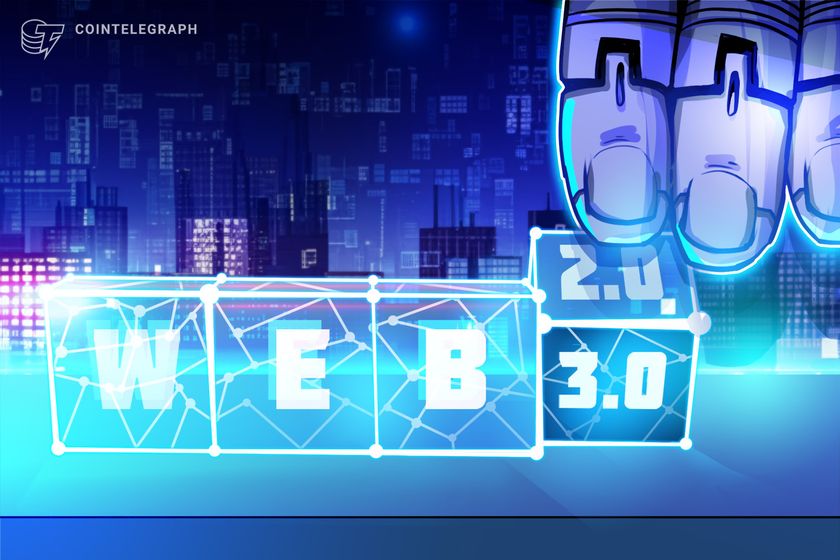Web3: Does the Future Really Need Blockchain?
The role of blockchain in Web3 is being questioned as the technology struggles with scaling issues. While blockchain solved the double-spending problem, its rigid structure may be hindering the progress of Web3, which demands faster and more flexible systems. According to Grigore Roșu, founder and CEO of Pi Squared, alternative payment and settlement systems might be the key to Web3’s future success. This article summarizes Roșu’s opinion piece, originally published on Cointelegraph.
The Limitations of Blockchain
Blockchain’s reliance on total ordering, where every transaction must be processed in a global queue, creates bottlenecks. While this was suitable for early payment systems prioritizing security, Web3 applications require speed and scalability that blockchain struggles to provide. This “serialized tyranny,” as Roșu describes it, limits throughput and restricts design options for developers.
FastPay’s Influence
The mobile remittance app FastPay demonstrated that double-spending can be prevented without total ordering. This inspired systems like Linera, which use independent local orderings while maintaining global verifiability. These innovations suggest a more scalable future is possible. The success of FastPay highlights that blockchain isn’t the only solution for secure transactions.
Verifiability vs. Ordering
Some argue that total ordering is essential for financial integrity and decentralization. However, Roșu contends that the verifiability of a transaction, rather than its precise order relative to all other transactions, is what truly underpins decentralized systems. This distinction is crucial for developing more efficient Web3 infrastructure.
Blockchain’s Ongoing Challenges
Even with upgrades like Ethereum’s Dencun, which aimed to improve transaction throughput, the core architecture remains tied to total ordering. Solana’s Lattice system continues to experience outages due to bugs and excessive load. Layer-2 solutions (L2s) offer a workaround by offloading transactions, but they ultimately reintroduce them in batches, creating ongoing congestion management issues. This comes just as Ethereum is facing increased scrutiny from crypto regulation.
The Shift Towards Flexible Systems
Protocols that prioritize flexible, verifiable payment systems over rigid total ordering are poised to unlock greater throughput and better user experiences. The increasing adoption of modular blockchain frameworks like Celestia indicates a growing recognition that traditional blockchains are too inflexible. Data availability layers and off-chain verification mechanisms aim to decouple blockchain’s trusted validation from its limiting sequencing model.
Blockchain’s Evolving Role
Blockchain isn’t going away, but its role must evolve. In the future, it may serve as a universal verifier or a decentralized notary within a broader, more adaptable tech stack. This shift may face resistance due to the significant capital and ideological investment in the current model. However, history favors those who adapt to technological advancements, and Web3 is likely to move beyond the constraints of block-based sequencing.
In conclusion, while blockchain has been foundational to the development of Web3, its limitations are becoming increasingly apparent. Alternative approaches that prioritize speed, flexibility, and verifiability may pave the way for a more scalable and efficient decentralized future. As reported by Cointelegraph, the next wave of infrastructure will likely be shaped by those who understand and capitalize on this evolving landscape.
Disclaimer
The information provided in this article is for informational purposes only and does not constitute financial advice. All news content is sourced from trusted platforms like Cointelegraph, Bitcoinist, and our own writers written with added value, editorial insights and reviews by our team. Always do your own research before making any investment decisions.



